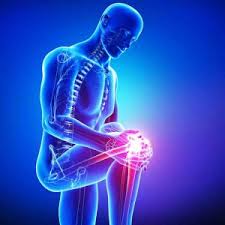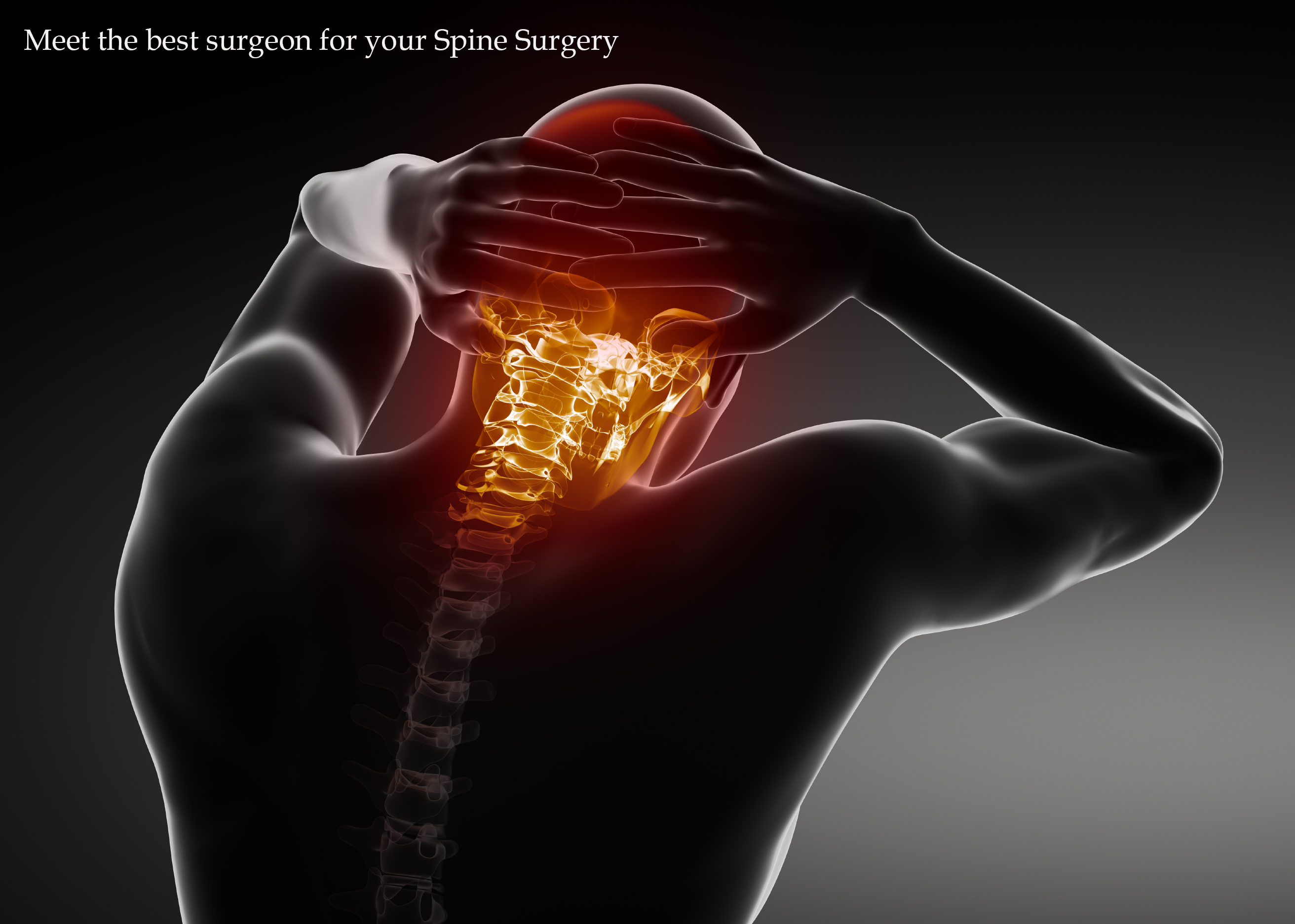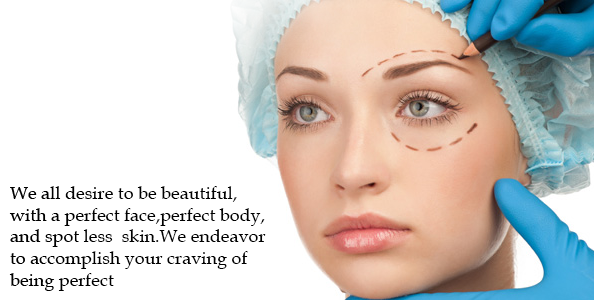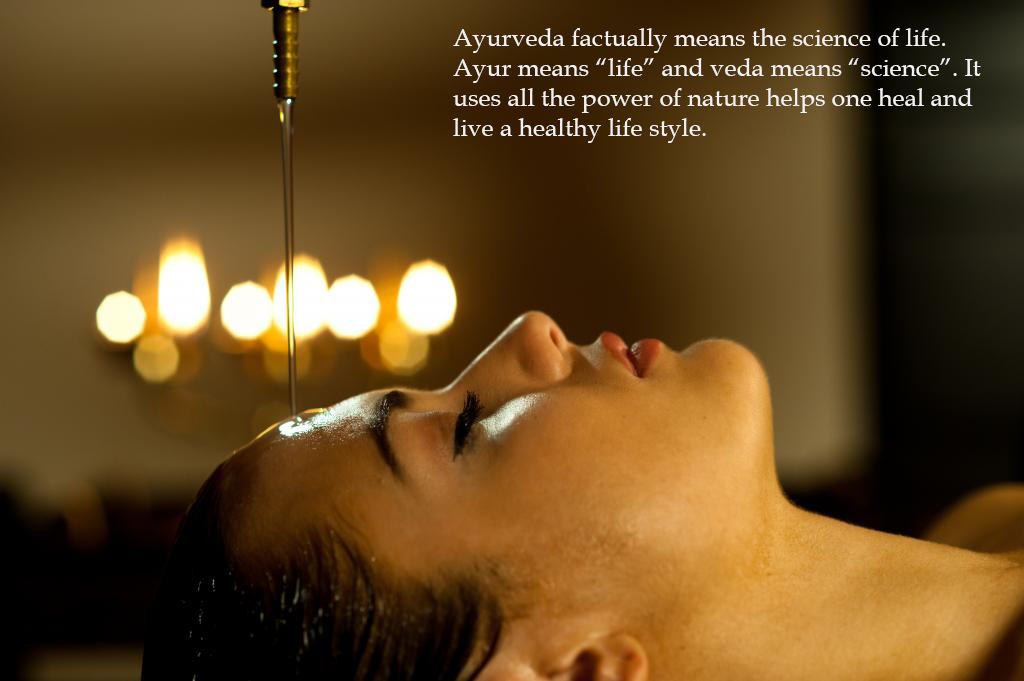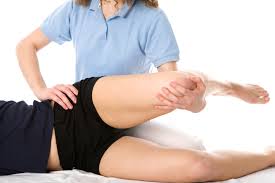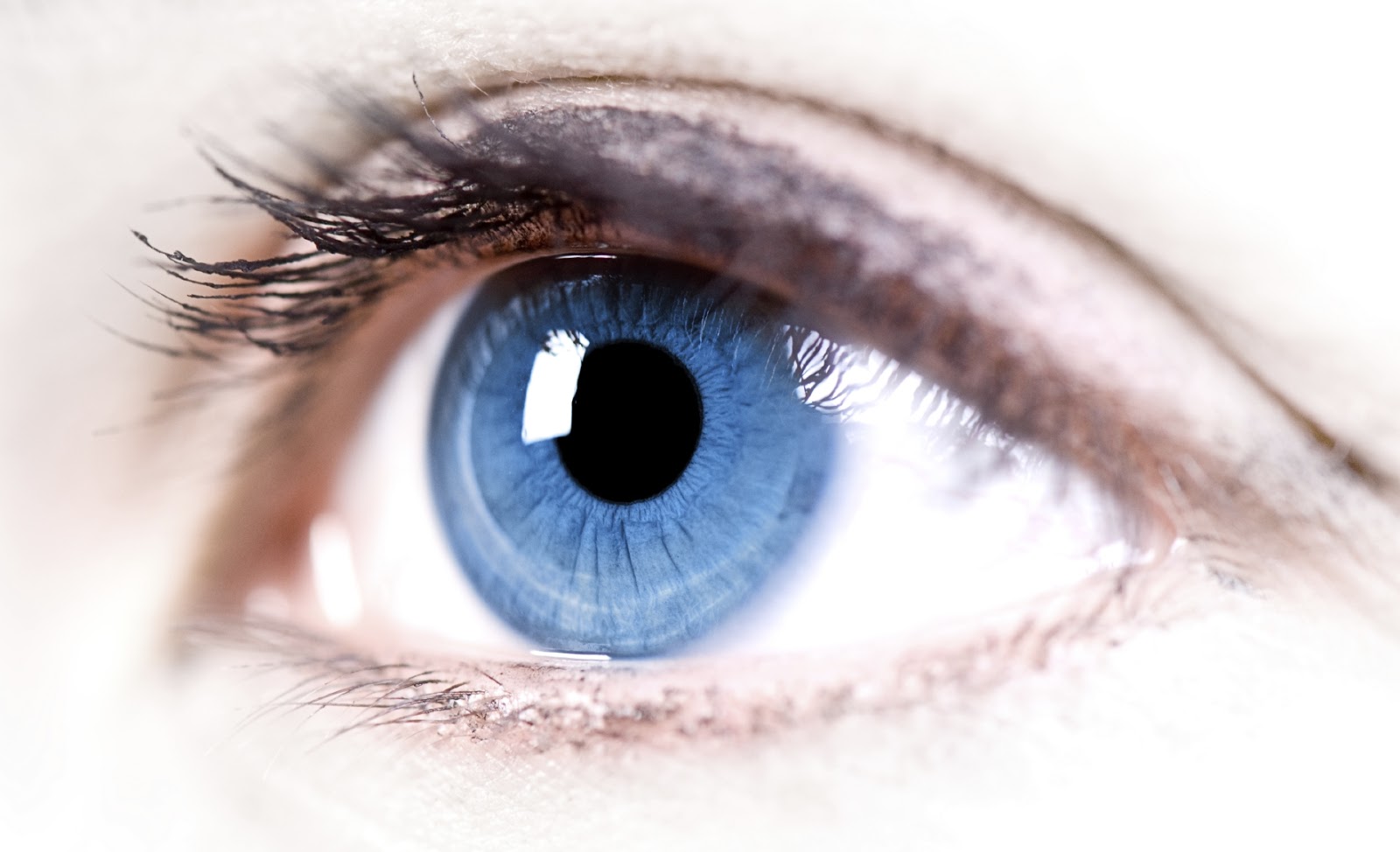The contact lens department at Narayana Nethralaya is well equipped to cater the requirements of all eye conditions.We provide basic and various speciality contact lenses. The basic contact lenses like Spherical soft lenses, Rigid Gas Permeable lenses and Toric lenses are available which can be given in patient’s who wish to avoid glasses due to cosmetic purpose or due to the profession itself. Also, the Cosmetic contact lenses, which enables one to enhance or change the eye colour are available with us.
The prosthetic Contact lenses, which can be used in patient’s who have corneal scarring(white spot) or abnormalities like loss of iris, large/ irregular pupil can be given these lenses which will mask the scars/other deformities at the same time will reduce glare and photophobia. The patient’s who require glasses for near and distance can be prescribed with Multi focal contact lenses, which will keep them free from glasses.
The patient’s who cannot tolerate RGP contact lenses, have an option of Hybrid lenses which provide comfort of Soft lens and vision clarity of RGP lens. We also have Refractive Surgery Specific(RSS) Contact lenses for patient’s who complaints of glare, distortions and ghosting of images/shadows after the refractive surgery. . Orthokeratology that uses contact lenses at night to provide a spectacle free day is also available with us.
The special focus of this department is on Keratoconus and all the currently available contact lenses for the management of this progressive condition such as Rose K lenses, Kerasoft contact lenses, Scleral and miniscleral lenses are provided here. Keratoconus is managed by many different contact lens designs. No one design is best for every type of keratoconus. Since each lens design has its own unique characteristics, the practitioner carefully evaluates the needs of the individual to find the lens that offers the best combination of visual acuity, comfort and corneal health.
Compliance is the key to long-term success for all contact lens wearers. It is even more important for keratoconus patients, since they are almost totally dependent upon contact lenses for all their visual tasks. After patients have been successfully fit with contact lenses, a high percentage of complications and adverse reactions are related to skipping or shortcutting the recommended procedure for cleaning, disinfecting, and storing their lenses. A study revealed that 27% of patients admitted that they don’t clean their lenses daily, and it is likely that an even higher percentage of lens wearers are non-compliant in some way. Some patients have used dishwashing liquid, baby shampoo, or even toothpaste instead of the recommended cleaners; stored their lenses dry, rather than in an FDA-approved disinfecting solution; and used saliva (which contains a host of sight-threatening microorganisms) instead of the sterile solutions that are readily available, to wet their lenses before inserting them in their eyes.
GLASSES:
In the early stages, vision can be corrected with glasses or regular soft contact but as KC progresses they are not able to correct the distortion caused by the irregular corneal surface and more complex contact lens designs are required.
SOFT LENSES:
Contact-Lens1The role of soft lenses in keratoconus is limited because the soft lens drapes over the irregular corneal surface and the front surface of the lens assumes the same irregular surface as the cornea without trapping a fluid reservoir so the effective refracting surface is no improvement over the original corneal surface. There are some specially designed thicker soft lenses retain more of a rigid shape and may contribute to the liquid lens effect to some extent. There are designs being used for keratoconus, and they are helpful in mild to moderate cases.
RGP CONTACT LENSES:
Rigid Gas Permeable (RGP or GP) contact lenses are primary option for correcting KC vision. The rigid lens masks the underlying irregular cornea and functions as the new refractive surface of the eye, with the tear film filling in the space between the back of the contact lens and the front of the eye. “Rigid” defines the type of lens. “Gas Permeable” describes the lens material. There are many different RGP lens designs.
Contact-Lens2
Contact-Lens3
“Piggy-backs”
This is a two system: an RGP lens worn on top of a soft lens. The RGP lens provides crisp vision and the soft lens acts as a cushion providing comfort.
Hybrid lenses
This is a lens combination that has an RGP center surrounded by a soft skirt.
Scleral lenses
These are large diameter lenses that rest on the white part of the eye, called the sclera, and vaults over the cornea. The size can be a scary prospect for some, but scleral lenses have many advantages. Because of their size, they do not fall out, dust or dirt particles cannot get behind them during wear. They are surprisingly comfortable to wear because the edges of the lens rests above and below the eye lid margins so there is no lens awareness. The introduction of rigid gas permeable (RGP) materials has made this design more readily available.
Contact Lenses
Eye infections, while infrequent, can be devastating, preventing patients from wearing their contact lenses for days or weeks and sometimes resulting in permanent corneal scarring and loss of vision. A thorough understanding of the role played by each of the rigid lens care products will help to keep lenses clean and eyes healthy.
CARE SYSTEM FOR RIGID LENSES:
They consist of:
A daily cleaner, to remove tear film oils, mucus, cosmetics, and other debris from lens surfaces. Cleaning solution containers have a red tip to warn patients that the solution should not be put in the eyes. If cleaner is accidentally instilled in the eyes, it should be flushed out immediately, preferably by dunking the entire face into a sink filled with water.
A combination wetting/soaking solution for lens storage and reinsertion in the eye, which kills bacteria and other microorganisms, keeps lenses from warping, and acts as a “cushioning agent” when the lenses are placed in the eyes.
An optional enzymatic cleaner (in either liquid or tablet form), for patients who build up a lot of protein on their lenses. Not all rigid lens wearers need an enzymatic cleaner.
A lubricating and rewetting drop, to instill in the eye while you are wearing lenses. This will help to flush debris from under the lenses and help the lenses to glide more smoothly and comfortably in the eyes.
Rub the lens between your fingers! It may warp or crack! If the lens curvature is too steep for your index finger to clean the inner lens surface, try using your pinkie or a cotton swab.
Rinse the lens with cool or lukewarm water. Hot water will warp the lens. Do not rinse your lenses over an open drain!
Replace the right lens in the case and repeat the steps for your left lens.
Soak lenses overnight or for at least 4 hours.
In the morning, wash your hands and insert your lenses directly from the wetting/soaking or conditioning solution. Do not rinse first! The solution will help to cushion the lenses as you insert them. In addition, if the lenses are rinsed with water after they have been disinfected, there is a chance that they may become contaminated from impurities in the water supply.
ABNORMAL SYMPTOMS
Pain: when placing lenses on the eyes, while wearing the lenses, or after removing them
Burning, a sensation of heat, redness, excessive tearing, or discharge
Inability to keep the eyes open
Extreme sensitivity to light
Severe or persistent haze, fog, or rainbows around lights
Severe irritation
White spots on the cornea.
DO’S AND DON’TS FOR RIGID LENS WEARERS
Clean your lenses at night, immediately after you remove them from your eyes. Leaving them in the soaking solution without cleaning until morning reduces the effectiveness of the disinfecting chemicals. In addition, rinsing the cleaner off with tap water just prior to replacing the lenses in your eyes might introduce bacteria or other microorganisms that would ordinarily have been killed while the lenses soaked overnight.
If your lenses ever dry out, soak them for at least 4 hours before you wear them again, since they may have warped or flattened in curvature when the liquid evaporated.
Do not mix and match solutions made by different manufacturers. Doing so may cloud your lenses, cause them to become gummy, or irritate your eyes. Make sure that the cleaning, soaking, disinfecting, and wetting/rewetting products you buy are all part of the same care system.
Always store your lenses in a case with ridges on the bottom. Lenses tend to suction onto smooth-bottomed cases and may chip if you try to pry them up at the edges.
Replace your case each time you buy a new bottle of wetting/soaking or cleaning/soaking solution. Cases tend to become contaminated. You can clean case with your contact lens cleaner using a brand new inexpensive toothbrush. Be sure to rinse the case well before using it again.
If the skin on your hands is rough, ask your contact lens fitter if you can use a manually-agitated device such as the Allergan Hydramat or a mechanical device such as the Clensatron. These devices work like miniature washing machines and may protect the lenses from becoming scratched from your rough skin.
If you remove your lenses with a suction cup make sure you know exactly where the lens is before placing the suction cup on the eye. Suction cups should be cleaned with contact lens cleaner and rinsed after each use. They can also be soaked in wetting/soaking or cleaning/soaking solution.
If you drop a lens, do not drag it along a surface. Wet your finger with wetting/soaking or rewetting solution and touch it gently to the lens to lift it.
Article by
Narayana Netralaya


